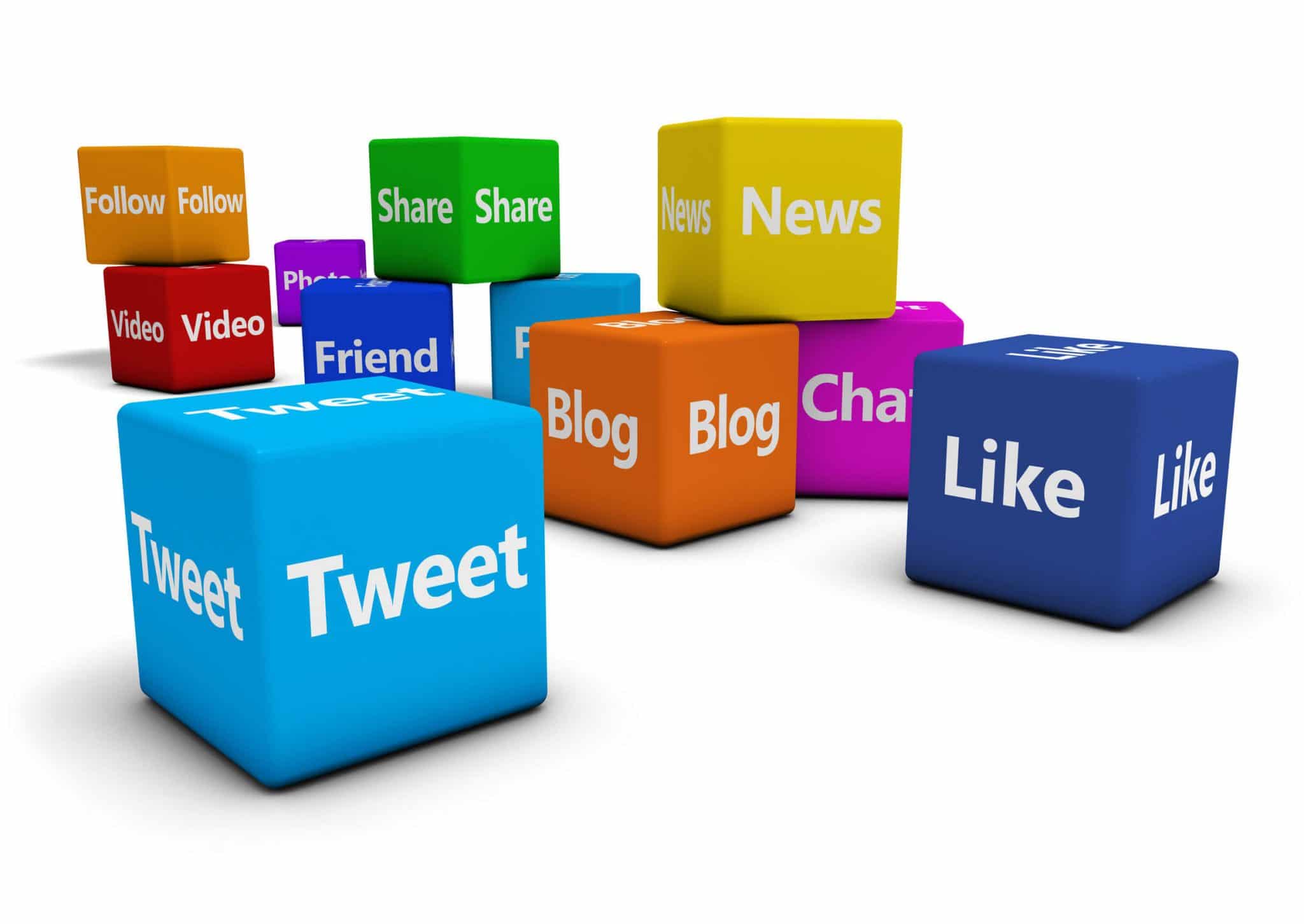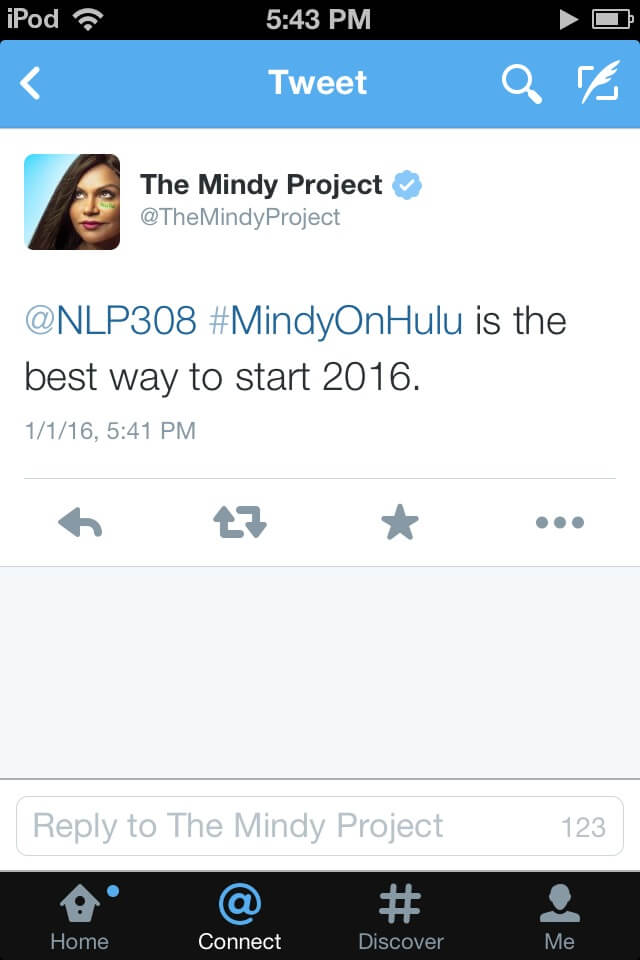Social media has become the customer service center for most businesses, large and small. Customers and patrons use the different sites as a way to find and gather information, ask generic questions and to compliment or complain about your business.
Social Media Best Practices
One of the first things you can do for your company is to have a complete profile filled out. Have a comprehensive description of what your company is “About,” include hours, price range and anything else applicable to your business.
After you have provided enough information for your customers and have uploaded necessary company images, the next important thing to do on social media is interact.
Interacting on social media is important because it lets customers know you care, plus they expect it. In a study by Eptica, researchers found the average response times for email, Facebook and Twitter are:
- Email: 7 hours, 51 minutes
- Facebook: 1 day, 3 hours and 47 minutes
- Twitter: 1 day, 7 hours and 12 minutes
So that’s how long it generally takes for businesses to respond through email, Facebook and Twitter, but how long are customers willing to wait? The expected wait time is drastically lower than how long it takes a business to respond:
- Email: 6 hours
- Facebook: 6 hours
- Twitter: 60 minutes
How can you beat the expected wait time and meet the needs of customers through social media? If you’ve ever been on more than one social media platform, you know each has a different way of operating than others. Should your social media marketing efforts expand further than just email, Facebook and Twitter, here are different tips to help you use Facebook, Twitter, Google+, LinkedIn, Instagram, Pinterest and Snapchat.
Interacting on Social Media Platforms

Facebook is the king of social media! There are more than 1 billion active users on the site each day, leaving an incredible opportunity for people to see your page and engage with it.
When interacting with fans on Facebook, remember to be friendly and prompt. If your businesses uploads a new image or post, watch out for likes and comments. Many people will “like” your post, but some may even leave you a message about it. If you get comments on an image or posts, respond appropriately. It doesn’t hurt to include a “thanks” after a few comments; play it by ear. Keep tabs on the red icons over messages and notifications; this is ground zero for seeing engagement by fans.

Twitter may be smaller than Facebook, but it is becoming one of the biggest platforms to connect businesses with customers. Along with Facebook, Twitter offers users the ability to “like” different tweets.
Many times, when customers want to reach out to business, they will use the Twitter handle of the business in their tweet followed by a message. As a business owner you should be looking for these types of interactions. You’ll be able to see these tags under the “notifications” button on your home page. Go through these one-by-one and determine how to interact with them. Do you need to reply directly or would a simple “like” be enough? You can really make someone’s day by replying to them as did The Mindy Project’s official account when they replied back to me and when two cast members “liked” my tweets about the show.
This professional social networking site has the same functions as Facebook and Google+; people can like your post and can comment on it. What makes LinkedIn different is the LinkedIn Groups. These are a great way to start a discussion with your customers and audience in an organized way. Simply post a question and gather the information. Customers will appreciate being directly asked what they think about your business and their ideas for improvement.
Instagram may seem like a site just for the Kardashians, Jenners and Swifts of the world, but it is actually an incredible platform for brand development. The way Instagram works is simple: you post a picture, people “heart” it and/or leave a comment about it. Seems easy, not unlike Facebook and Twitter, right? Well, the biggest difference between them and Instagram is that Instagram allows you to create brand ambassadors.
What are brand ambassadors? These are people love and embody your brand all while talking about it on social media. A company who does this well is Free People. Free People asks its real customers to use a hashtag wearing certain items of clothing and post it to Instagram with the possibility of the company using the photo on their official page. This gets customers involved and encourages interaction.
Pinterest has become one of the fastest rising stars in social media marketing since its inception in March 2010. The social media platform offers users a unique opportunity to find, create and execute boards and projects that fit a business’ interests and needs. As social media becomes a leading factor in the e-commerce decision-making process, successful brands on Pinterest are in tune to what their followers want to see. Brands like Sephora have their hand on the pulse of consumer needs by showing them how to use certain make-up products and ways to enhance their look.
Log in to Pinterest and take a little time to explore your follower’s boards and pins as well as spending time “hearting” images and responding to comments.
Snapchat
While Snapchat may be difficult to interact with, there are ways to gauge the effectiveness of your Snaps through followers. Having a solid foundation of followers can lead to word-of-mouth marketing (followers tell other people to follow) and increase overall interest in your business. One way to keep and gain more followers is to go behind the scenes.
To launch the beginning of the 4th season of the hit show Girls, HBO’s Snapchat account posted live videos and images of the cast and other notable attendees at the premiere party. This was your digital invitation to an event you otherwise would not have had access too. Consumers love to get the inside scoop on a company they are interested in or are already loyal too. Whether you send images or videos from an office party or just show the daily operations, customers will appreciate the engagement.
Handling Negative Social Media Comments

Most of the time comments and messages on social media are positive. People mainly post how much they love your company, services and products, but every now and then someone ends up unhappy. Don’t panic and close up shop just yet! Here are four tactics to use when dealing with negative comments:
- Don’t Delete – It may be your first instinct to delete the negative comment and pretend it never happened. It’s not a good idea to do that. Instead, ask for more information from the original poster to get to the bottom of the problem. If they follow up and explain more of the situation, simply message them and resolve the issue in private.
- Don’t Ignore – Just as bad as deleting posts or comments is ignoring them. Burying your head in the sand may make it seem like there is no issue, but every moment without a response may make the situation worse. If you are working on getting more information about the conflict, simply say so; a little comment can be better than no comment. Other customers can also see when you don’t reply and may form a negative opinion about you and your business.
- See It As An Opportunity – There is nothing more valuable in business than brand advocates. These are customers who love your products or services so much they go out of their way to talk about it on social media. The one good thing about negative feedback is that it presents you with the chance to turn a disgruntled customer into a brand advocate. People like personal attention. If you can engage with the customer and help them through the crisis, they will remember that and may even change their mind about the whole experience.
- Don’t Fall Into a Troll Trap – Trolls on social media are some of the nastiest commenters who have too much time on their hands. A troll’s only purpose is to leave negative comments and disrupt someone’s day. While it may be difficult to identify a troll right away, there are certain clues to look out for. A troll may often use poor grammar, type in all caps, and not be able to provide detailed or specific information to their issue with your business. In the case of a troll, it is acceptable to delete their comments, especially if they use inappropriate language, after you’ve vetted their problems.
There is no point in having social media accounts for your business if you are not going interact with customers. If you spend a few minutes each day on the different platforms you will be able to see not only what customers are saying about you, but you can exceed their expectations by replying in a swift and effective manner. Working on Facebook, Twitter, Google+, LinkedIn, Instagram, Pinterest and Snapchat may pose different challenges, but their similarities can make using them easy to handle.